Historical cities
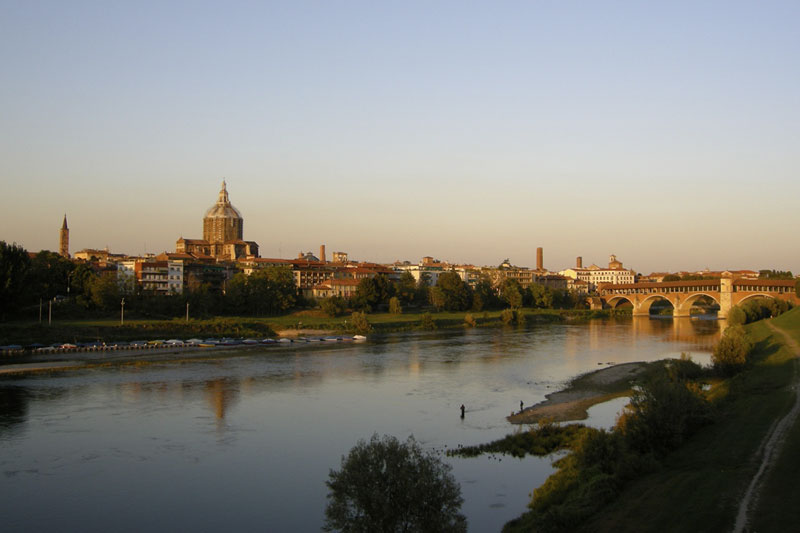
Pavia
In the historical center, Pavia has maintained the Roman system of which it is easy to rediscover the roman testimonies: the city is “on a human scale” and it is surrounded by Ticino Park . Pavia attracts tourists from everywhere: not just for large monumental resources that characterize it, but also for the valuable cultural institutions, such as the University , the Teatro Fraschini and colleges.
The itinerary of Pavia’s museum system is fascinating. With a long history, Pavia promotes the rich artistic and scientific heritage of the area, enclosed in Civic Museums and University Museums . To visit: The Basilica of San Michele and the covered bridge, known as the Ponte Vecchio.
Milano
Milan is the city of fashion , design , art, aperitifs and finance . Milan has many shades including: tourist attractions, architecture, institutions and symbols of the city.
You must visit Piazza del Duomo, the unmissable Castello Sforzesco passing through the Navigli Quarter , the Fashion District, the Brera district and Pinacoteca. Do not miss the Romanesque basilica of St. Ambrogio, where there are the remains of the city’s patron saint and the Renaissance S. Maria delle Grazie with “Ultima Cena”, masterpiece known by everyone.
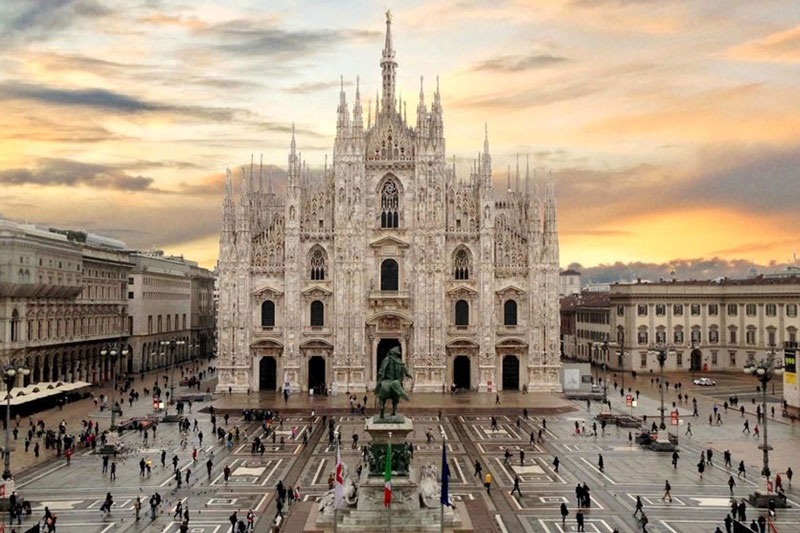
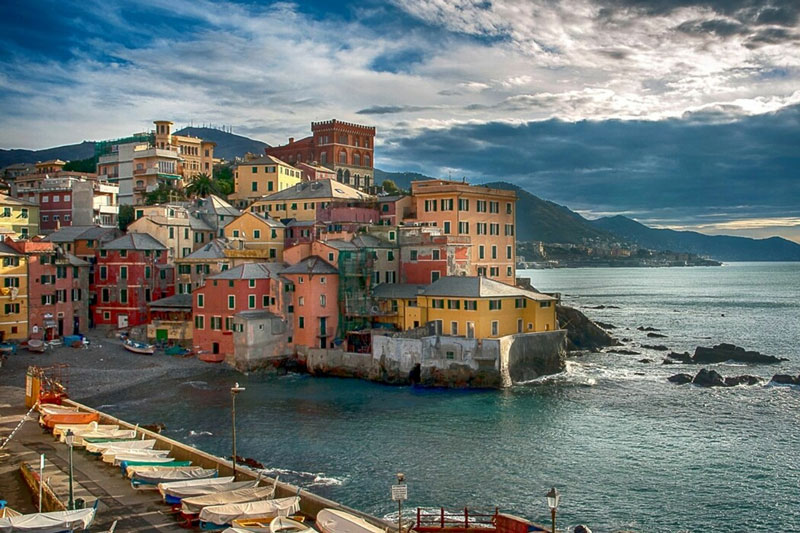
Genova
Genova is an artistic city which overlooks on the sea. It has grown around the harbor, a natural inlet that has always been flourishing in trades and commercial exchanges. Its ancient heart, the largest medieval historic center in Europe, is crossed by a dense network of narrow streets where the multicultural soul has always characterized the history of the city.
Among shops, restaurants and characteristic shops, you can see the noble past of Genoa “La Superba” made of sixteenth-century houses, Baroque newsstands and churches overlooking onto small squares. You can visit Palazzi dei Rolli, recognized by UNESCO as World Heritage Site: sumptuous houses that characterized Genova between 16th century and 17th century.
Ligurian Sea
And if you want to spend a day at sea, it is easy to reach places like Camogli, Portofino, Chiavari by train or by car.
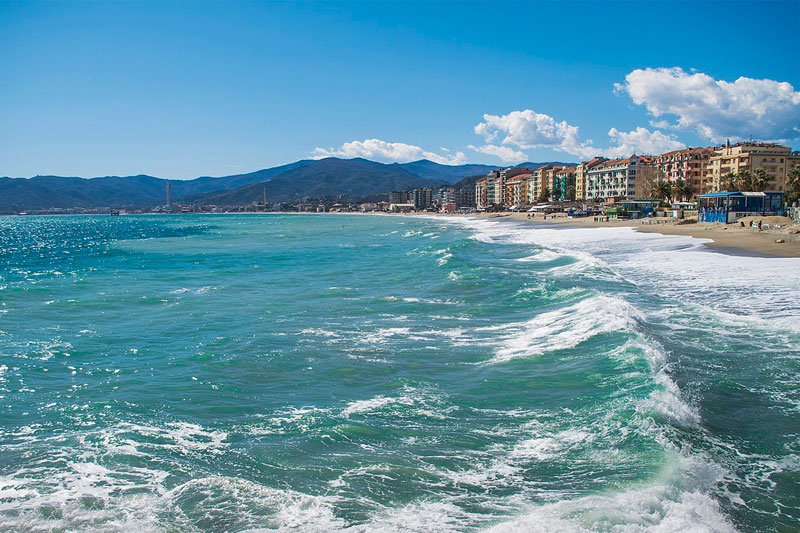
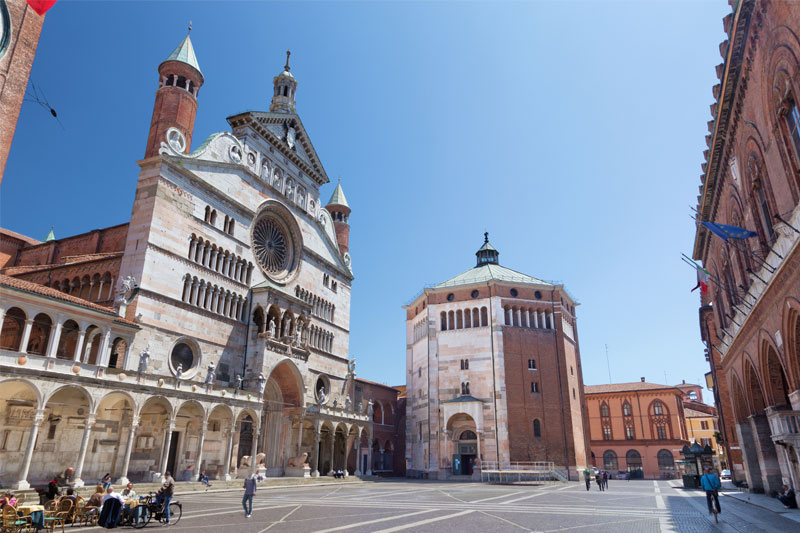
Cremona
Cremona is a city of a thousand faces, where medieval and renaissance relive in the splendor of the Piazza del Duomo in the historic center. You can see the characteristic small churches of the most hidden streets with their admirable masterpieces of painting. In “via della musica” there is the chance to visit the ancient workshops of master luthiers.
The heart of the city is the monumental complex of Piazza del Duomo. You can see the beautiful sixteenth-century pictorial cycle of the nave in the Cathedral, the great Baptistery Romanesque , the famous torrazzo (the Europe’s highest bell tower in masonry), the Town Hall and Loggia of the Soldiers , which remind of medieval and Renaissance life atmospheres. Violin Museum – Stradivari
Parma
Parma is a city with a cheerful and sociable spirit with a strong artistic and cultural tradition. Here stand out the Duomo and the Baptistery, which are made in pink Verona marble. The National Gallery, located inside the Palazzo della Pilotta, home to works by Parmigianino, Canova, Tiepolo and Leonardo da Vinci. Parma is mainly a city of music and theater.
This passion, far beyond the binomial Parma-Verdi, is manifested in the variety of proposals and structures dedicated to it: the Paganini Auditorium, Casa della Musica, Casa Natale and museum of Arturo Toscanini, Casa del Suono sound. The Teatro Regio, commissioned by Maria Luigia and inaugurated in 1829, is still one of the most famous theaters in the world. the Scaligeri, the Visconti and the Sforza. There are many castles in the province: the Castle of Bardi e, the Castle of Torrecchiara, the Castle of Fontanellato and the Palace of Colorno.
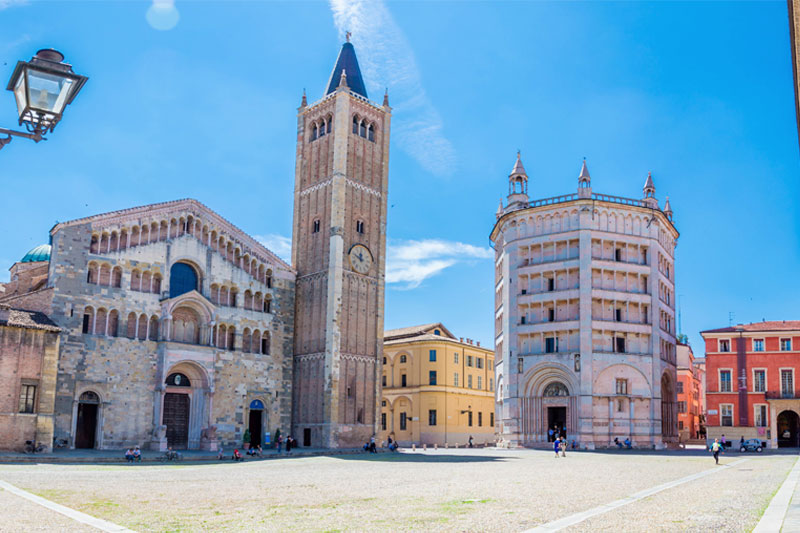
Borghi
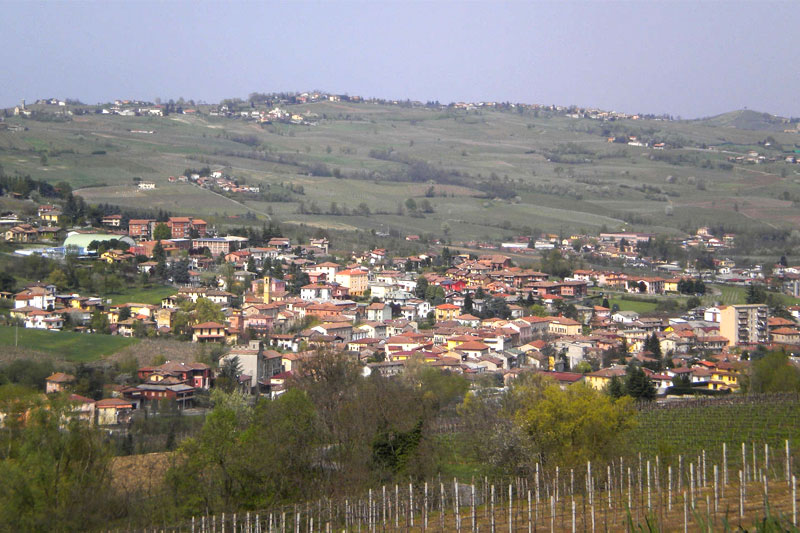
Santa Maria della Versa
Santa Maria della Versa is a charming village in the valley, just by opening a little bit more your eyes you’ll be able to see behind such an apparent calmness how much work there is on the hills that produces a thousand varieties of grapes that winemakers of the area obtain from the land with skilful effort. Not for nothing, Santa Maria, land of wine, is called “capital of pinot” or ”of thesparkling wine”.
Santa Maria della Versa seems to acquire its name from a small image of the Virgin painted on a board in the fifteenth century. Until 1897 it was a fraction of of Soriasco, a small village situated on a hill. Here we can see the remains of the castle of Giorgio Gambarana, with two small towers; the structure is 28 meters high with architectural elements in sandstone and decorated windows.
Zavattarello
The castle of Zavatarello was built on a sandstone hill and it still dominates the Tidone Valley. Its origins date back to the 10th century. The estate belonged to the Abbey of St. Ambrogio and St. Colombano. The structure of the castle is impressive with its area of 2000 square meters and its 40 rooms.
In the past the castle has been able to accommodate the population during the invasions. On the first floor there are the reception rooms and the rooms to accommodate important guests. The legend says that the castle is haunted by the Ghost of Pietro Dal Verme.
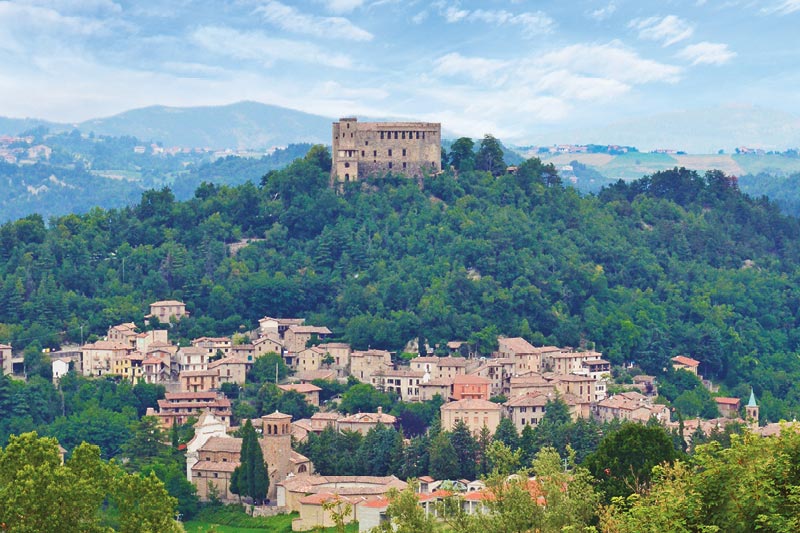
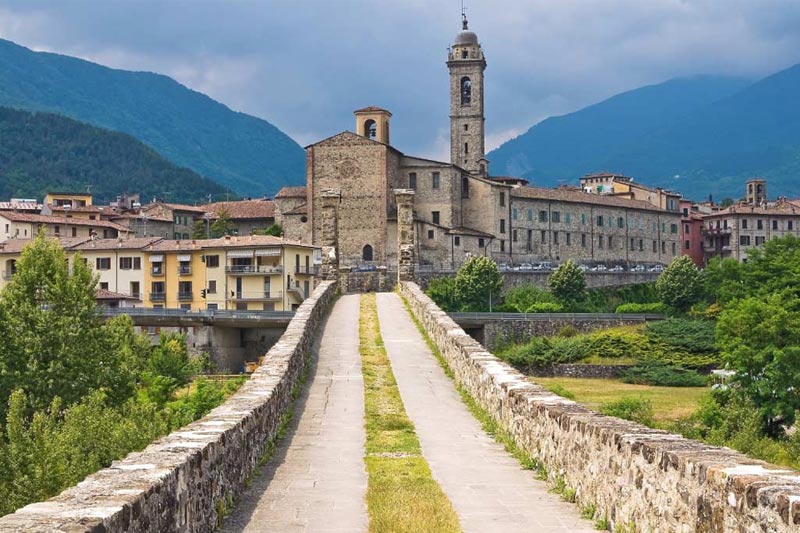
Bobbio
The Bobbio area was already inhabited in the Stone Age. The city’s name derives by the river that borders the town from the south. Its history identifies with that of the Abbey founded in 614th by St. Colombano, which in the Middle Ages became one of the main seats of medieval religious culture in Italy.
Following the proclamation of the Kingdom of Italy the town was annexed to Pavia and it re-entered in the province of Piacenza only in 1923. Bobbio is the center of the tourism resort of the river Trebbia, as well as the ski resort thanks to its proximity to Mount Penice.
Fortunago
t is one of the most beautiful villages of Italy. Its origins are ancient, as the remains of the castle and the town walls in the upper part of the country proves. Those who approach the country can immediately see the disposition of houses clinging on the steep slope of a hill. On the streets, narrowed and closed by ancient stone walls, there are some overlooking characteristic stone houses, expertly restored and preserved in their original appearance.
Windowsills, porches, balconies and flowered gardens live up the gray of the stones with delicate colorful spots. At the top of the hill stands the castle, worthy example of the architecture of that time. The absence of traffic, the view of a hilly landscape that extends up to the castle of Montalto Pavese, create a surprising and satisfying feeling of peace.
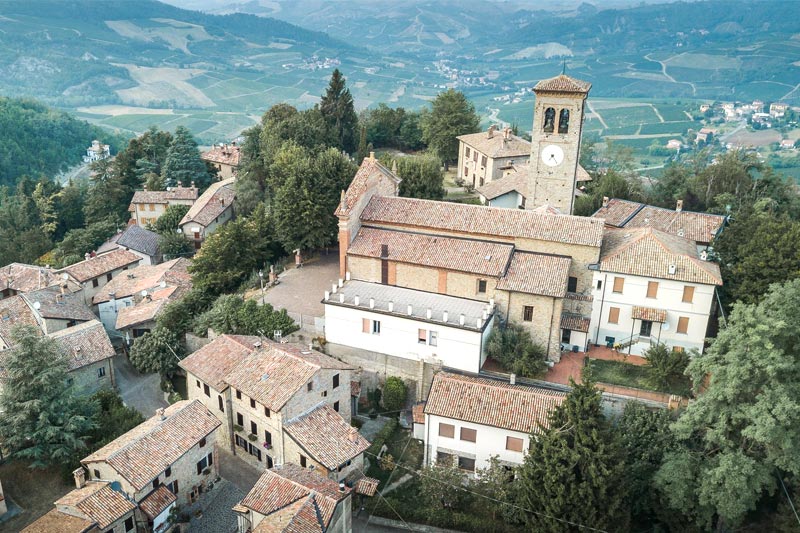
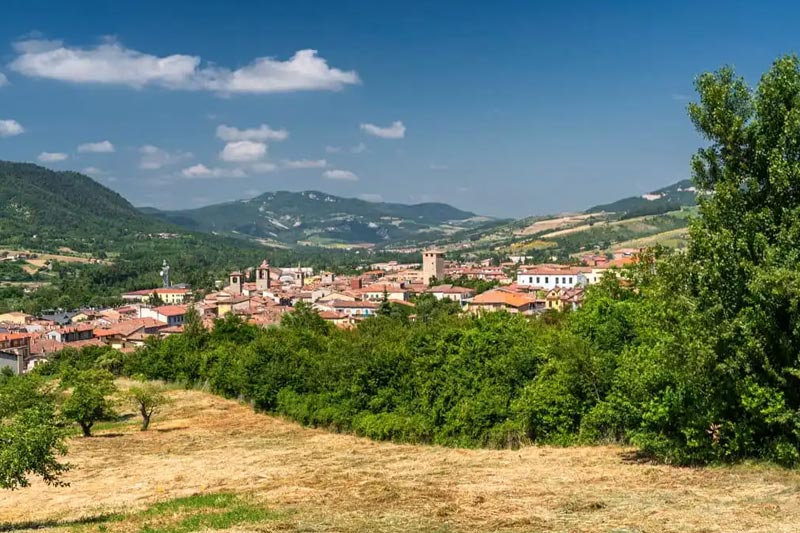
Varzi
Varzi is located in the center of the Stàffora Valley . The fame of this oasis is the result of an amazing cocktail of natural beauty, mild climate, blue skies, perfumes, flavors, and colors.. It’s hard to find a city with so many views as Varzi. The medieval historical center can easily be explored.
It is so characteristic that everyone can invent a different itinerary: via del Mercato, via della Maiolica, vicolo Dietro le Mura, Via Roma and Via Di Dentro. There are eight centuries of history documented in the testimonies of its churches, its towers and of its castle.
Castelli Piacentini
The castles, the fortresses and the strongholds rise in all their beauty, centuries after centuries, on the territory of Emilia. Castell’Arquato is a very well preserved medieval village of rare beauty and great visual impact. The Rocca d’Olgisio, set in the rock in defense of the valleys Tidone and Chiarone’s river, is one of the most ancient and evocative of Piacenza’s fortresses, surrounded by six rows of walls. The Castle and the Fortress of Agazzano were built in 1200 with purely military function (round corner towers, drawbridge).
The Castle and the village of Rivalta is a sumptuous manor house surrounded by a magnificent park. You can visit: the main hall, the dining room, the kitchen, the cellars, the dungeons, the bedrooms, the tower, the armory, the gallery, the billiard room, the museum of military costume.
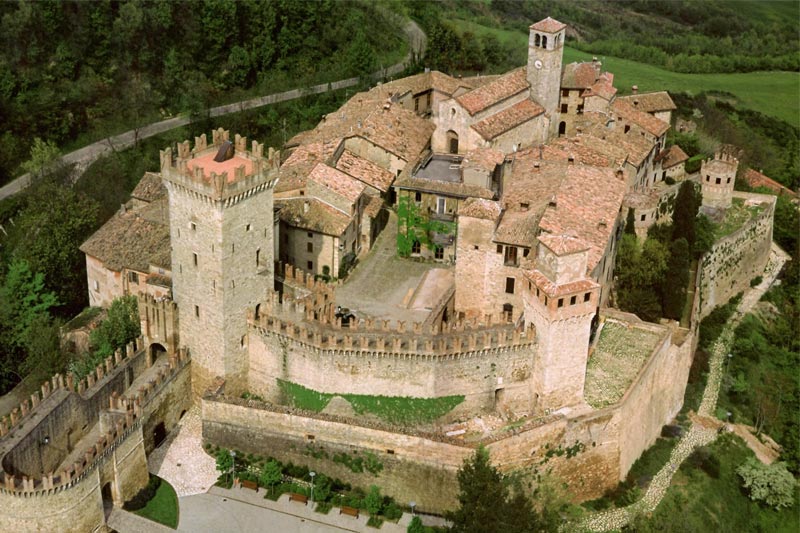
and...
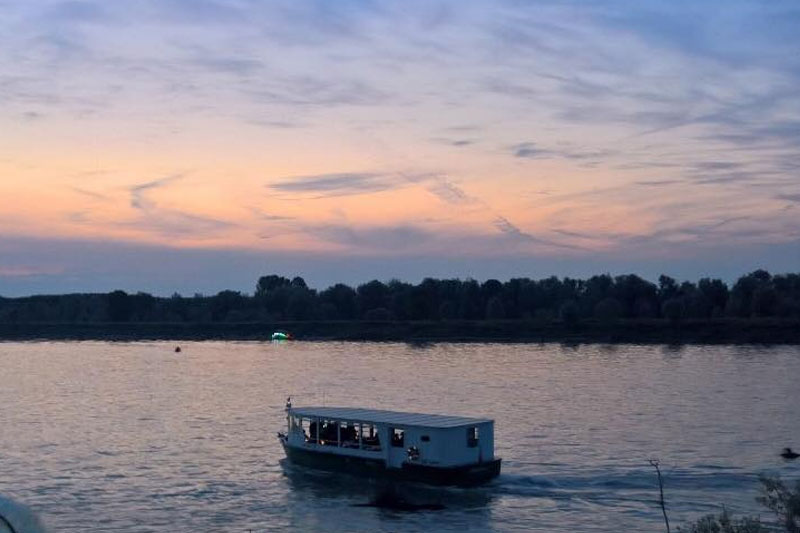
Navigating the Po
The motor ship Beatrice proposes: trips on the Po and the Ticino.
The mooring points are: the Frega district and the Parpanese district of Arena Po.

